TBI Photo Essay: Post-Monsoon Celebrations In Rural Maharashtra
This photo essay captures the range of activities, colours and festivities amidst the verdant hills brought about by the monsoon rains in rural areas of Maharashtra, including the celebration of the Vatapoornima festival.

This photo essay captures the range of activities, colours and festivities amidst the verdant hills brought about by the monsoon rains in rural areas of Maharashtra, including the celebration of the Vatapoornima festival.
June signals the start of the monsoons in many parts of India. Pune and its surrounding areas in Maharashtra have witnessed heavy showers since the first week of June. The rains let up for a week’s time during which I visited a few places on the outskirts of Pune city.

The villages of Malkhed, Thoptewadi, Kharmari, Khamgaon and Mogarwadi are situated in the Maval taluka of Pune district. The word Maval originates from the Marathi word Mavalati, which means the direction in which the sun sets.

These villages are in the vicinity of the Khadakwasla dam behind the Sinhagad fort, which is of great historical importance. Chatrapati Shivaji Maharaj, the founder of the great Maratha Empire, lived in this fort. His army, called the ‘Mavale’ was made up of the local farmers.

Farmers still form a big part of this region with farming activities taking centre stage. The short break in the monsoon has created a flurry of activity in the villages. Farmers have started harvesting rice and groundnut crops for the season.

Rice fields abound in the lower area because of plentiful water from the dam backwaters as well as the streams coming down the mountains, while groundnut is harvested in the top mountains.
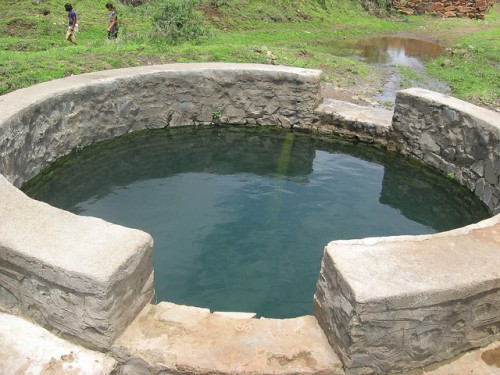
The seasonal stream that originates from the top of the mountains is now full. It flows down passing through villages and ends in the backwaters of the dam below.
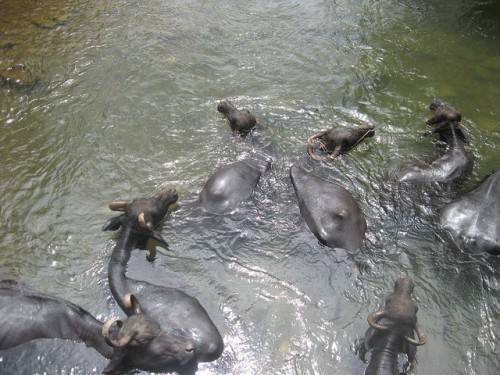
Farmers take their cattle to the full streams for a dip and to the lush greenery to graze before taking them to the fields. Women gather near the streams to chat while they go about their daily household chores. Everyone seems happy.
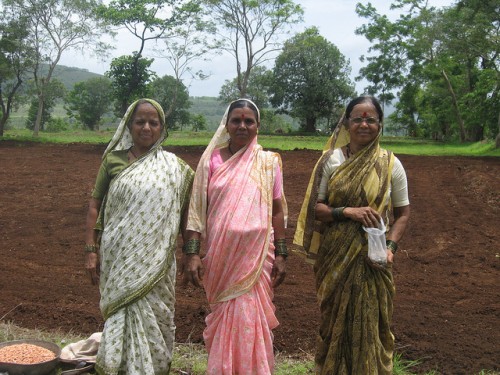
But this joy is shortlived. Come summer, the situation is very different. Streams dry up, as does the green grass. The villages on the top of the mountains face severe water shortage.
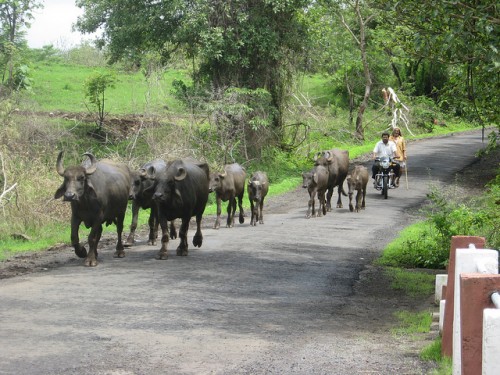
Villagers have to walk down the hills or have to depend on alternative sources of water to meet their daily needs. They have no advantage of being located in the vicinity of the dam since this water is diverted to meet the needs of the urban dwellers in Pune city.
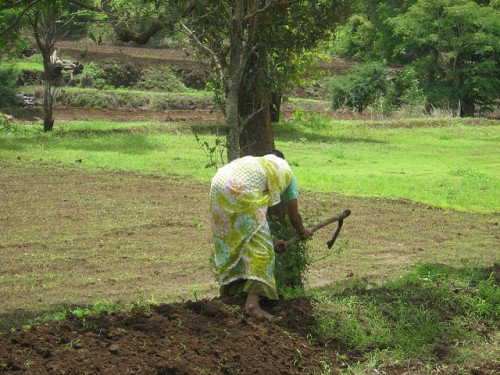
Villages such as these have a lot to pick up from the traditional rainwater harvesting methods that have been used in earlier times in the old forts such as Sinhagad located in their vicinity.
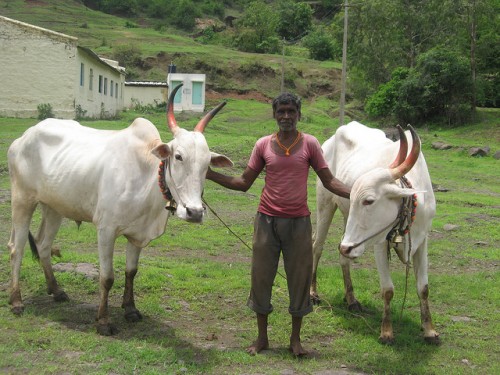
Farmers in Kharmari village have constructed small bandharas on the stream, but that does not help much when the stream dries. Mogarwadi, which is the topmost village on the hill, has already constructed a talaab (pond) for rainwater harvesting.

Construction of more such structures could go a long way in solving the immediate and day-to-day water needs of the villagers in summer. At the same time, this also emphasizes the relevance of the current debates on the issue of the rights of the rural farmers to water from the dams, which is often diverted to meet the needs of growing cities.
Vatapoornima is a festival celebrated on a full moon day in the monsoon months, typically in the states of Gujarat, Maharashtra and Karnataka. It honours Savitri, the legendary wife who rescued her husband’s soul from the God of Death, Yama.

Festivals in Indian agrarian societies often involve trees and rivers. They encourage respect and reverence for nature. Women tie threads on the huge bark of the ficus (peepul) trees and pray for the long life of their husbands during Vatapoornima.
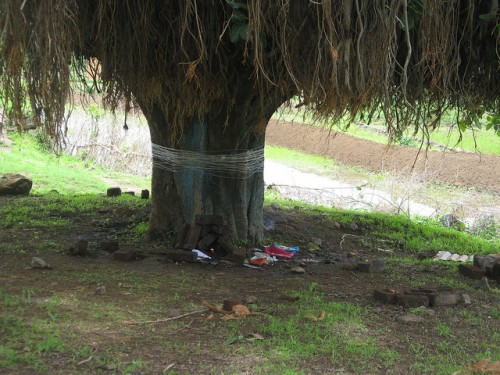
All photographs: Aarti Kelkar-Khambete for India Water Portal
If you found our stories insightful, informative, or even just enjoyable, we invite you to consider making a voluntary payment to support the work we do at The Better India. Your contribution helps us continue producing quality content that educates, inspires, and drives positive change.
Choose one of the payment options below for your contribution-
By paying for the stories you value, you directly contribute to sustaining our efforts focused on making a difference in the world. Together, let’s ensure that impactful stories continue to be told and shared, enriching lives and communities alike.
Thank you for your support. Here are some frequently asked questions you might find helpful to know why you are contributing?


This story made me
-
97
-
121
-
89
-
167













